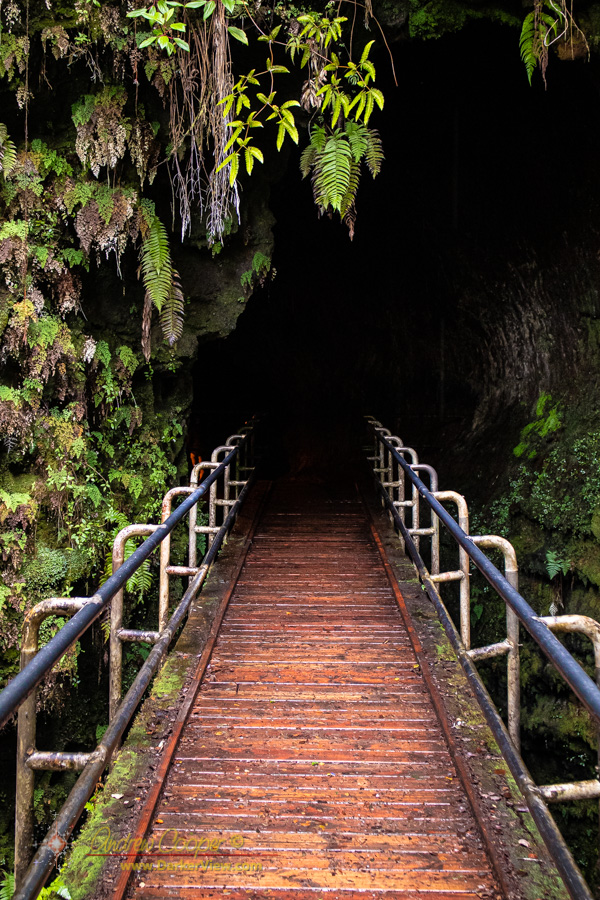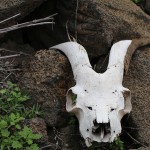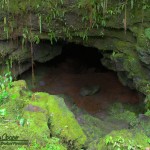
Underworld Entry

When you want to see the stars, find someplace dark

This week I returned to Puʻuwaʻawaʻa.
The plan was to use a mountain bike this time. One nagging issue in hiking Puʻuwaʻawaʻa is the long access road you need to hike just to get to the base of the puʻu. Two miles of straight, and mostly paved road to climb before the hike really gets interesting.
It is old pavement, but in good shape as there is little more than foot traffic. Last time hiking out I wished I had a bike so those two miles would be one smooth downhill roll back to the vehicle. Once above the puʻu I could use the bike to explore the network of ranch roads that lead back into the forest reserve.
That was the plan, reality did not work out quite as well.
Continue reading “Puʻuwaʻawaʻa Take 2”It is not really called Goat House. It is just that I have never heard another name, Goat House is what I have named the cave considering the lack of any better designation. The tube is no great secret, its existence is well known to longtime residents.

This tube is found several miles out the power line road just above the village. The road starts across from the stables and heads straight south. There are side roads that go left and right, just go straight to the cave.
Along the way you find the mauka fence of the Waikoloa Dry Forest Initiative restoration effort. This fence keeps the goats out of a 275 acre area in an effort to preserve native trees like the Wiliwili. With some success it appears, the trees look pretty good. The wiliwili are strikingly beautiful trees, I am happy to see them thriving here.
It may be a rough trail, but the goal is worth it, a relatively recent cave with an array of classic lava tube features. Emesine cave, is found in the 1881 lava flow that threatened to flow into downtown Hilo, but stopped just short of the city. Today, over a century later, the cave is now an excellent example of volcanic action and how life returns to reclaim the land afterwords.

The flows did not stop until August 10th 1881, reaching within a few miles of downtown Hilo. Some fingers of the flow crossed the present day Komohana and Kumukoa Streets near the University of Hawai’i at Hilo campus. When the flows finally did stop a number of lava tubes were exposed, including Kaumana caves, a popular tourist attraction above Hilo. Also formed in the eruption was a series of tubes higher on the north flank of the volcano, Emesine cave.
A fern draped opening into the earth, that beckons us to explore what was once the domain of Pele. A place of fire and molten rock, now a cool, dripping passage beneath the earth. The island of Hawai’i is riddled with hundreds of miles of lava tubes, most are inaccessible, but some are easy to get to. Kaumana Cave is one of the easy ones.

Going makai, a short path leads to the entrance. There are a few boulders to step carefully through, after which sections of smooth and mostly level surfaces allow a bit easier access. About 50 yards into the downhill section you will reach a choke point, a little scrambling and a bit of duck-walk is necessary to get through. After the narrow, the cave opens back up again. After another hundred yards there are a series of ledges, old crusts left by cooling lava when it half filled the cave. To continue from here requires crawling through another very low passage. Perhaps a good place to turn around if you are only interested in a short exploration.